Home>Gardening & Outdoor>Landscaping Ideas>When To Start Cutting Your Grass
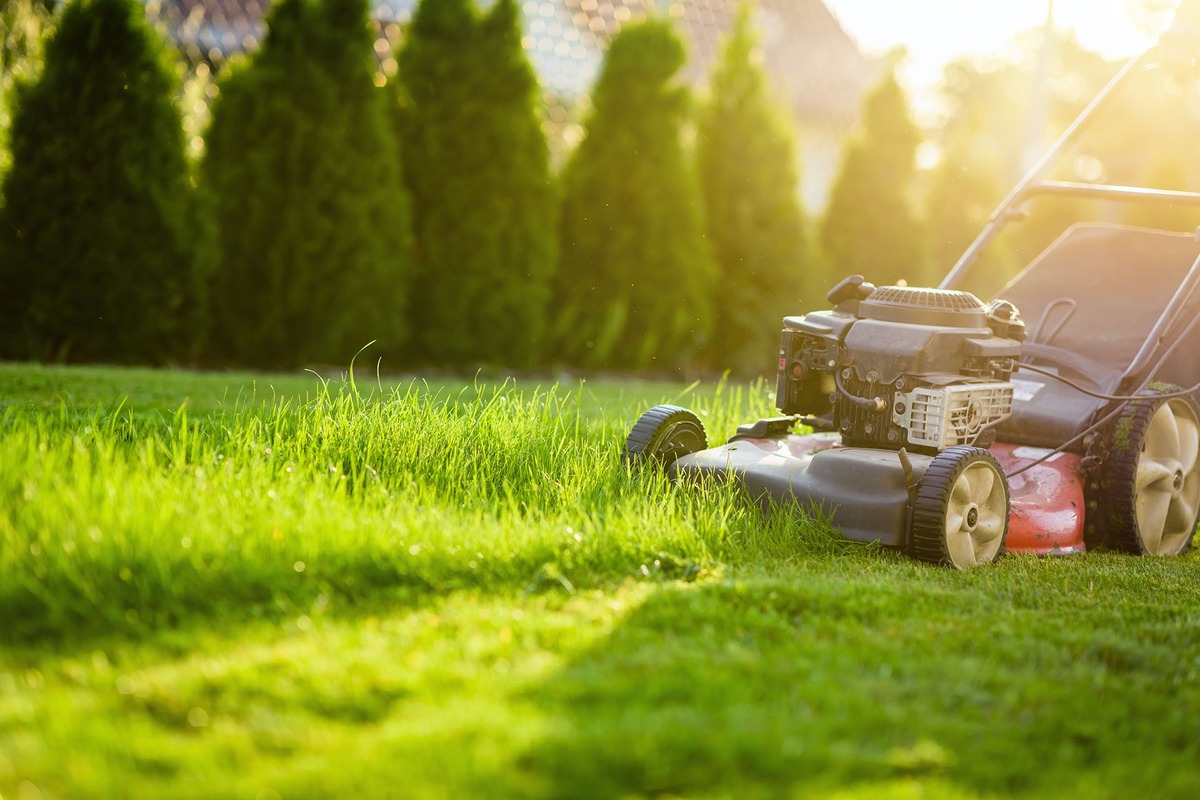

Landscaping Ideas
When To Start Cutting Your Grass
Modified: February 18, 2024
Learn the best landscaping ideas for when to start cutting your grass and maintaining a lush, healthy lawn. Discover expert tips for a well-groomed yard.
(Many of the links in this article redirect to a specific reviewed product. Your purchase of these products through affiliate links helps to generate commission for Storables.com, at no extra cost. Learn more)
Best Time to Start Cutting Your Grass
The best time to start cutting your grass is when it has reached the optimal height for mowing. This typically occurs in the spring when the grass begins to grow vigorously after the winter dormancy. It's essential to wait until the grass has reached a certain height before mowing to ensure its health and vitality.
During the spring, the ideal time to start cutting your grass is when it reaches a height of around 3 to 4 inches. At this height, the grass is strong and healthy, and cutting it will encourage further growth and density. Mowing at the right time also helps to prevent the grass from becoming stressed, which can occur if it's cut too short or too frequently.
In the summer, the best time to mow your grass is in the morning or late afternoon when the temperatures are cooler. This helps to minimize stress on the grass and allows it to recover more quickly. Additionally, mowing in the morning or late afternoon reduces the risk of heat stress for the person doing the mowing.
In the fall, as the temperatures begin to cool, the best time to start cutting your grass is when it reaches a height of around 2 to 3 inches. This allows the grass to maintain its health and vigor as it prepares for the winter months.
Understanding the best time to start cutting your grass is crucial for maintaining a lush and healthy lawn throughout the year. By mowing at the right time, you can promote strong root development, reduce the risk of disease, and ensure that your lawn remains vibrant and attractive.
Key Takeaways:
- Mow your grass when it reaches 3-4 inches in spring to promote healthy growth and prevent stress. Consider grass type, weather, mower maintenance, soil moisture, and growth rate before mowing for a vibrant lawn.
- Look for signs like grass height, wilting, footprints, seed head formation, and overall appearance to know when to mow. Follow the one-third rule, avoid mowing wet grass, adjust frequency, keep blades sharp, vary patterns, and consider weather for optimal mowing.
Read more: When To Start Cutting Grass In Pennsylvania
Factors to Consider Before Cutting Your Grass
Before firing up the lawnmower, it's essential to consider several factors that can impact the health and appearance of your lawn. Understanding these factors will help you make informed decisions about when and how to cut your grass, ensuring that it thrives throughout the growing season.
-
Grass Type: Different grass species have varying growth patterns and ideal mowing heights. For example, cool-season grasses such as Kentucky bluegrass and fescue thrive when kept at a height of 2.5 to 3.5 inches, while warm-season grasses like Bermuda grass and Zoysia grass prefer to be maintained at a height of 1 to 2 inches. Understanding the specific requirements of your grass type is crucial for effective lawn care.
-
Weather Conditions: Monitoring the weather forecast is crucial before mowing your lawn. It's best to avoid mowing when the grass is wet, as this can lead to clumping and an uneven cut. Additionally, extreme heat or drought conditions can stress the grass, making it more susceptible to damage from mowing. Choosing the right time to mow based on weather conditions can help maintain the health and appearance of your lawn.
-
Mower Maintenance: Before cutting your grass, it's important to ensure that your lawnmower is in good working condition. Dull mower blades can tear the grass instead of cutting it cleanly, leading to a ragged appearance and increased susceptibility to disease. Regularly sharpening the mower blades and performing routine maintenance will help achieve a clean and healthy cut.
-
Soil Moisture: The moisture content of the soil can significantly impact the mowing process. Mowing dry soil can lead to soil compaction, while mowing overly wet soil can cause ruts and damage to the grass. It's important to strike a balance and mow when the soil is slightly dry to prevent compaction and ensure a smooth mowing experience.
-
Growth Rate: Understanding the growth rate of your grass is essential for determining the frequency of mowing. During periods of rapid growth, more frequent mowing may be necessary to maintain the ideal height. Conversely, during slower growth periods, less frequent mowing may be sufficient to keep the lawn looking its best.
Considering these factors before cutting your grass will help you make informed decisions that promote the health and beauty of your lawn. By taking into account the specific needs of your grass, weather conditions, mower maintenance, soil moisture, and growth rate, you can ensure that your lawn remains vibrant and well-maintained throughout the mowing season.
Signs That Your Grass is Ready to be Cut
When it comes to maintaining a healthy and visually appealing lawn, identifying the signs that indicate your grass is ready to be cut is crucial. By paying attention to these indicators, you can ensure that your lawn remains in optimal condition throughout the growing season.
-
Grass Height: One of the most obvious signs that your grass is ready to be cut is its height. As the grass continues to grow, it will reach a point where it appears visibly taller and denser. This is a clear indication that it's time to mow the lawn. Generally, cool-season grasses should be mowed when they reach a height of 3 to 4 inches, while warm-season grasses are typically ready for cutting at a height of 1 to 2 inches.
-
Visible Wilting or Folding: When the grass blades start to wilt or fold over, it's a sign that they are becoming too long and are in need of a trim. This can occur especially after periods of rapid growth or heavy rainfall. Trimming the grass at this stage will not only improve its appearance but also promote healthier regrowth.
-
Footprints Remain Visible: If footprints or tire tracks are visibly imprinted on the lawn after walking or driving over it, it's a clear indication that the grass is too long and requires mowing. When the grass is at the right height, it will spring back and conceal these marks, indicating that it's in a healthy condition.
-
Seed Head Formation: For some grass species, the formation of seed heads is a natural sign that the grass is ready to be cut. When seed heads begin to emerge, it's an indication that the grass has reached a mature stage and should be mowed to maintain its health and appearance.
-
Overall Appearance: Lastly, the overall appearance of the lawn can provide valuable insights into whether the grass is ready to be cut. If the lawn starts to look unkempt or uneven, with some areas significantly taller than others, it's a clear indication that it's time for a trim.
By being attentive to these signs, you can ensure that your grass is cut at the right time, promoting its health, appearance, and overall well-being. This proactive approach to lawn care will contribute to a lush, vibrant, and well-maintained lawn that enhances the beauty of your outdoor space.
Tips for Cutting Your Grass at the Right Time
Mowing the lawn at the right time is essential for maintaining a healthy and vibrant lawn. Here are some valuable tips to ensure that you cut your grass at the optimal time, promoting its overall well-being and appearance.
1. Follow the One-Third Rule
When mowing your lawn, adhere to the one-third rule, which recommends cutting only one-third of the grass blade's height at a time. This gentle approach prevents stressing the grass and allows it to recover more quickly. By following this rule, you can maintain the ideal height for your grass type and promote healthy growth.
Read more: When To Start Cutting My Grass
2. Avoid Mowing Wet Grass
Mowing wet grass can lead to clumping, uneven cuts, and potential damage to the lawn. It's best to wait until the grass is dry before mowing to achieve a clean and even cut. Additionally, mowing wet grass can contribute to the spread of fungal diseases, further emphasizing the importance of waiting for the grass to dry before mowing.
3. Adjust Mowing Frequency Based on Growth Rate
Pay attention to the growth rate of your grass and adjust your mowing frequency accordingly. During periods of rapid growth, more frequent mowing may be necessary to maintain the ideal height. Conversely, during slower growth periods, less frequent mowing may be sufficient to keep the lawn looking its best.
4. Keep Mower Blades Sharp
Regularly sharpening your mower blades is crucial for achieving a clean and healthy cut. Dull blades can tear the grass instead of cutting it cleanly, leading to a ragged appearance and increased susceptibility to disease. By maintaining sharp mower blades, you can ensure that your grass is cut effectively without causing unnecessary stress.
5. Vary Mowing Patterns
Changing the mowing pattern with each mow can help prevent soil compaction and promote more upright grass growth. Altering the direction in which you mow the lawn encourages the grass blades to grow more evenly and reduces the risk of creating ruts in the soil. This simple practice contributes to a healthier and more visually appealing lawn.
Read more: When To Cut Your Grass
6. Consider the Weather
Take into account the weather conditions before mowing your lawn. Mowing during the cooler parts of the day, such as in the morning or late afternoon, can minimize stress on the grass and allow it to recover more quickly. Additionally, avoiding mowing during extreme heat or drought conditions can help maintain the health and vitality of the lawn.
By implementing these tips, you can ensure that you cut your grass at the right time, promoting its health, appearance, and overall well-being. These practices contribute to a lush, vibrant, and well-maintained lawn that enhances the beauty of your outdoor space.
Frequently Asked Questions about When To Start Cutting Your Grass
Was this page helpful?
At Storables.com, we guarantee accurate and reliable information. Our content, validated by Expert Board Contributors, is crafted following stringent Editorial Policies. We're committed to providing you with well-researched, expert-backed insights for all your informational needs.
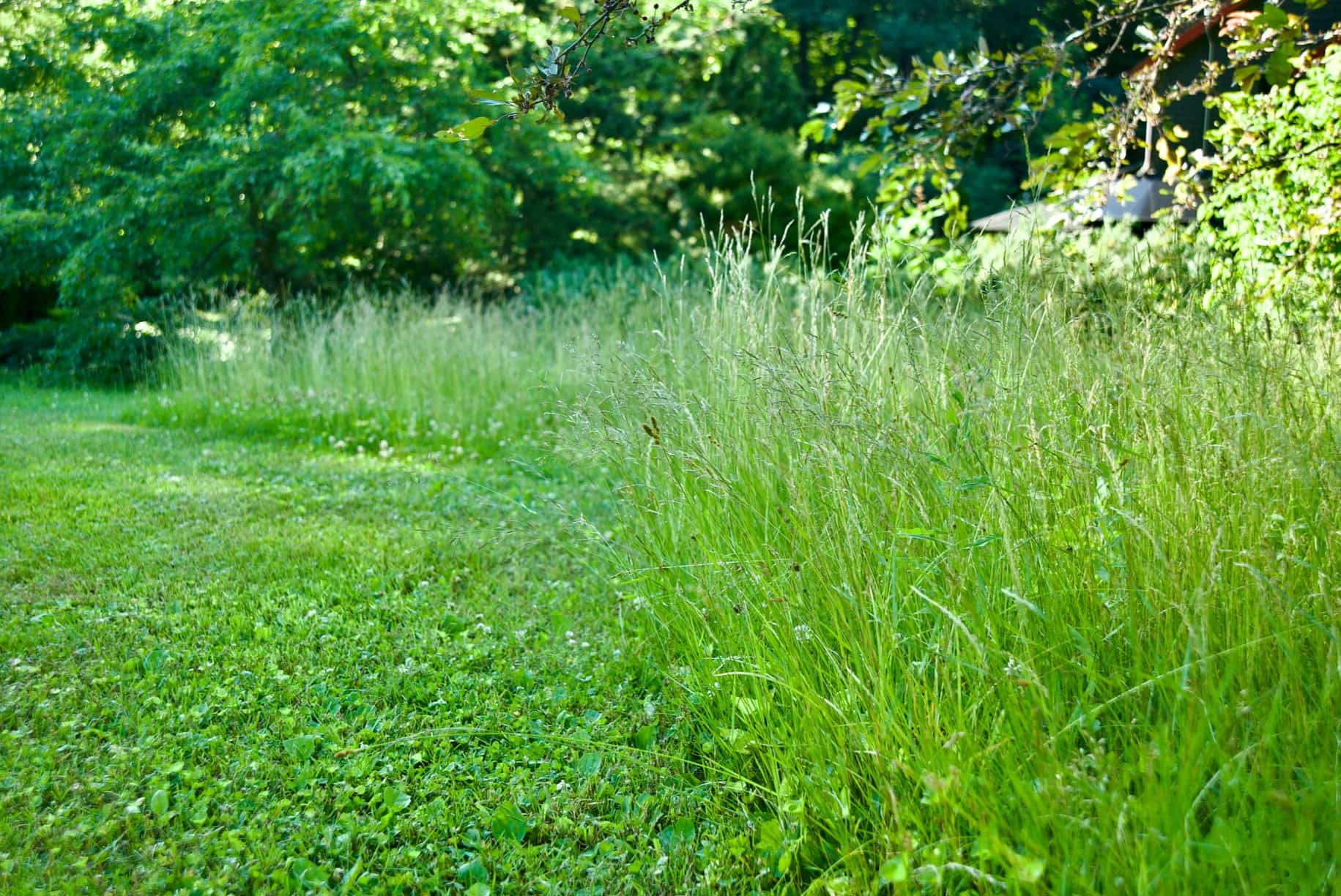
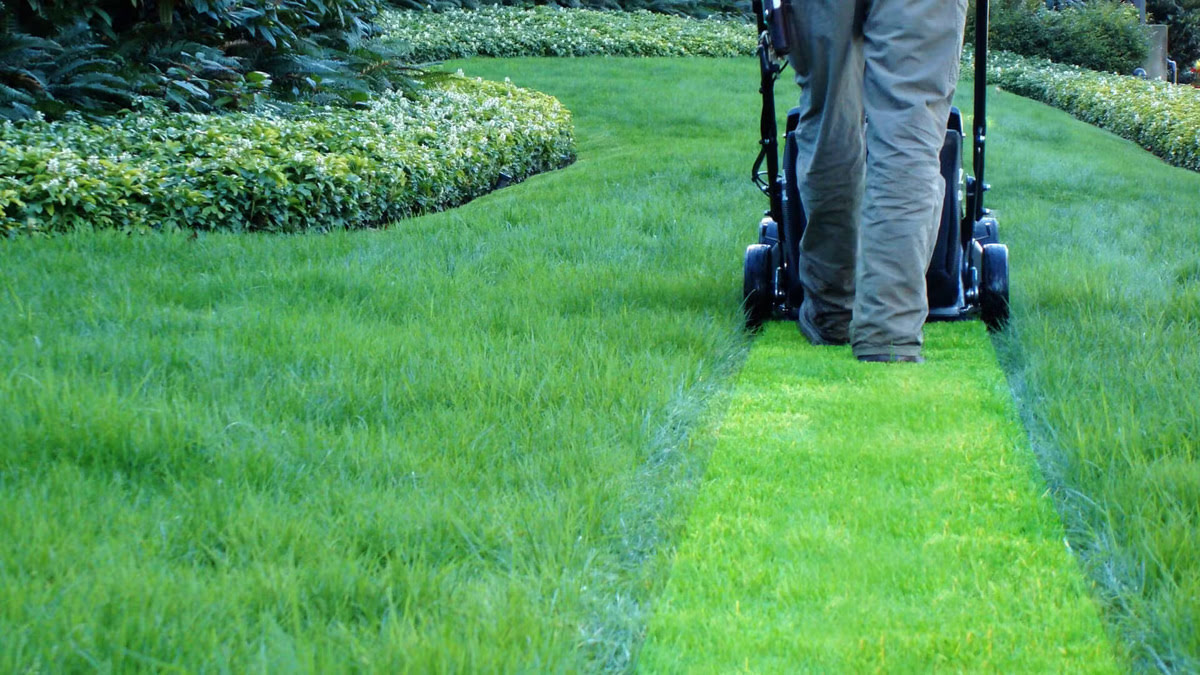

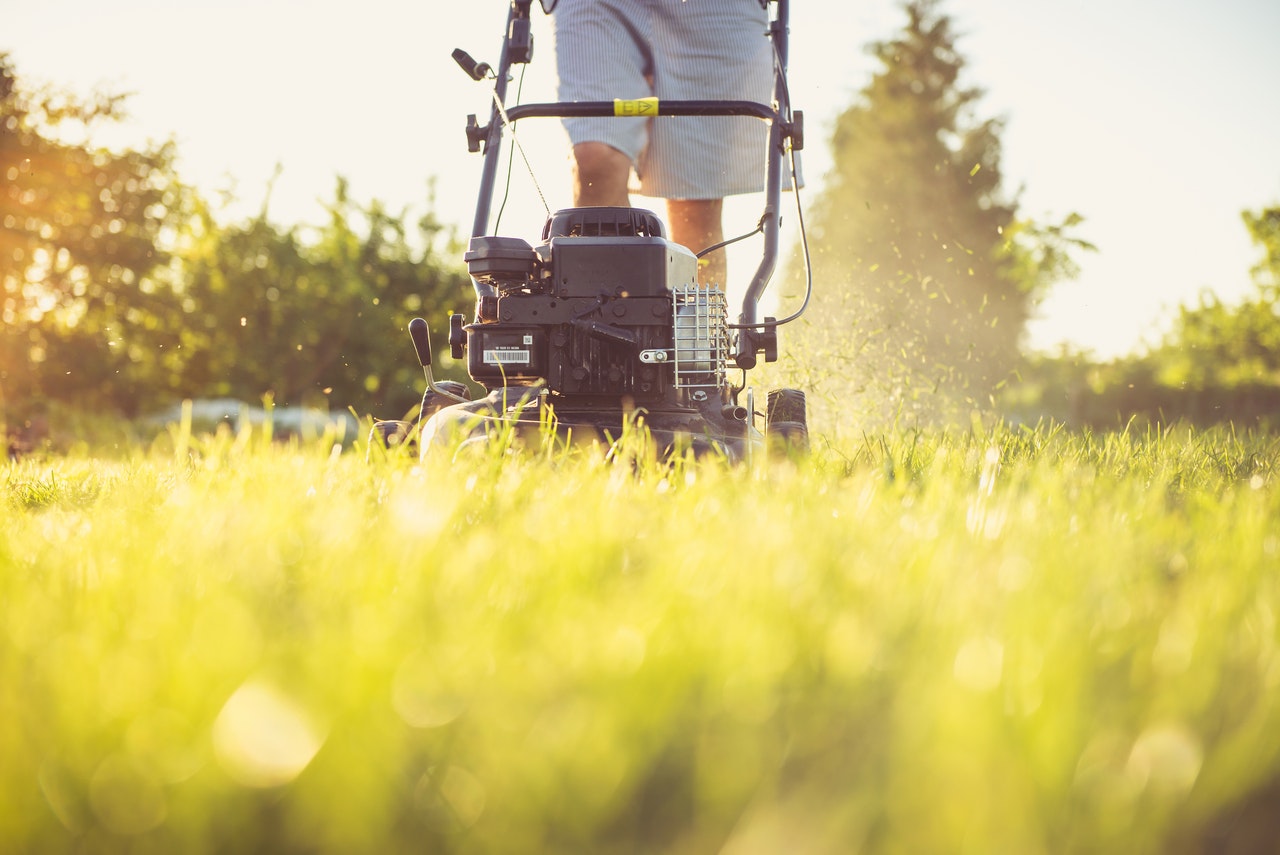

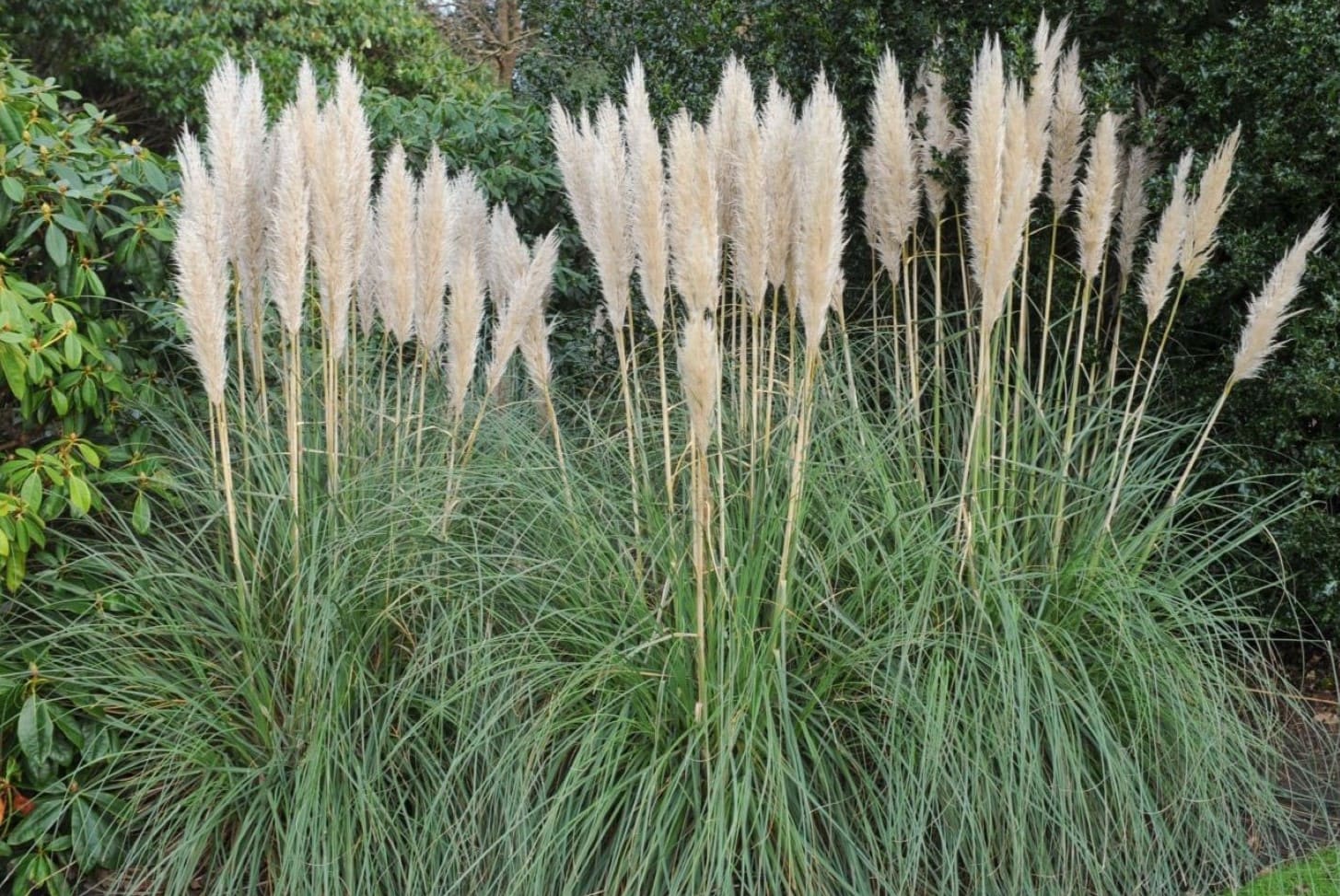
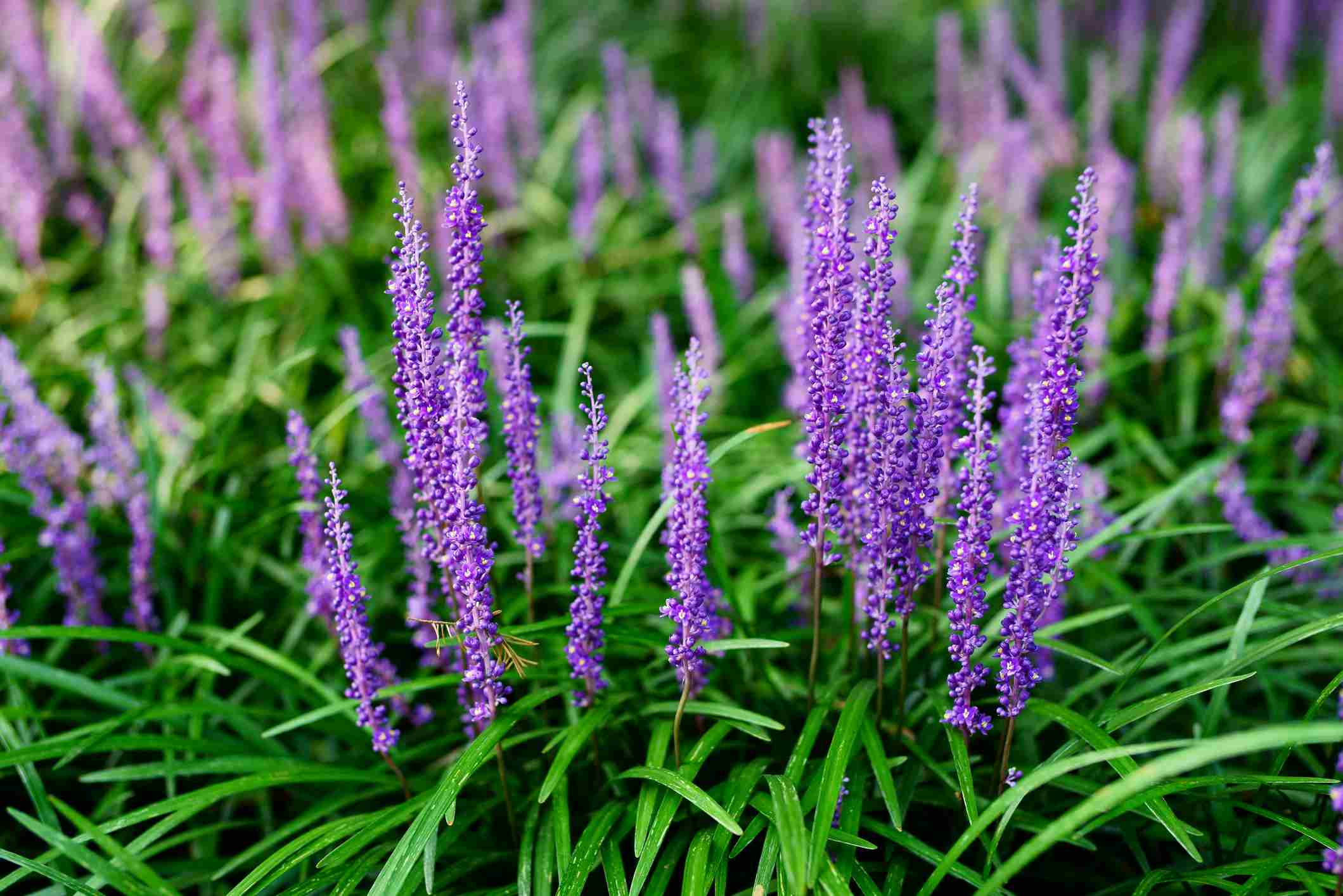
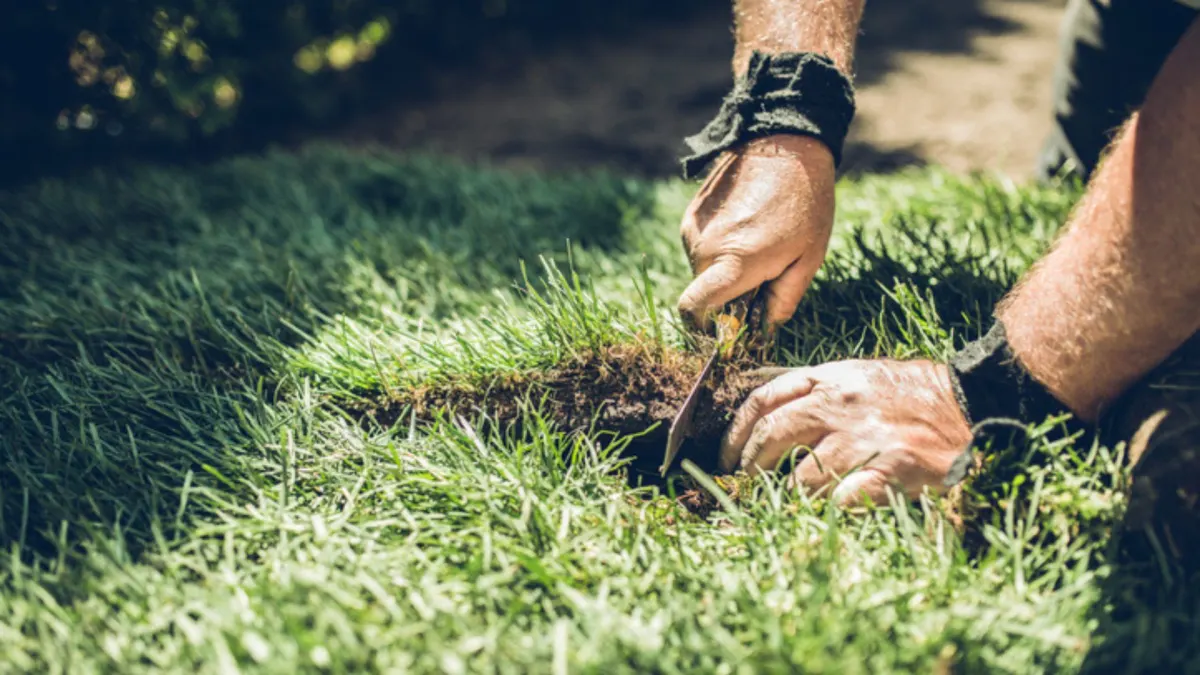
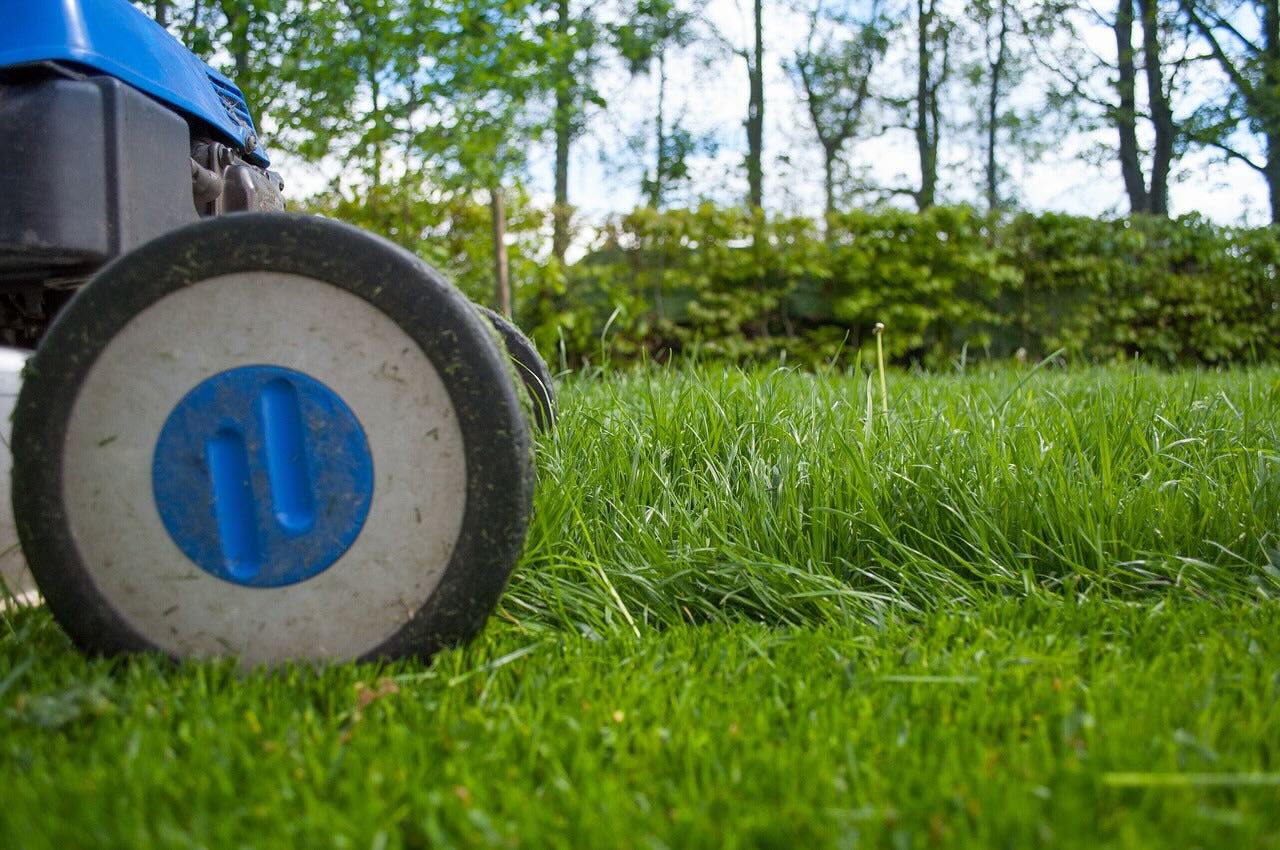
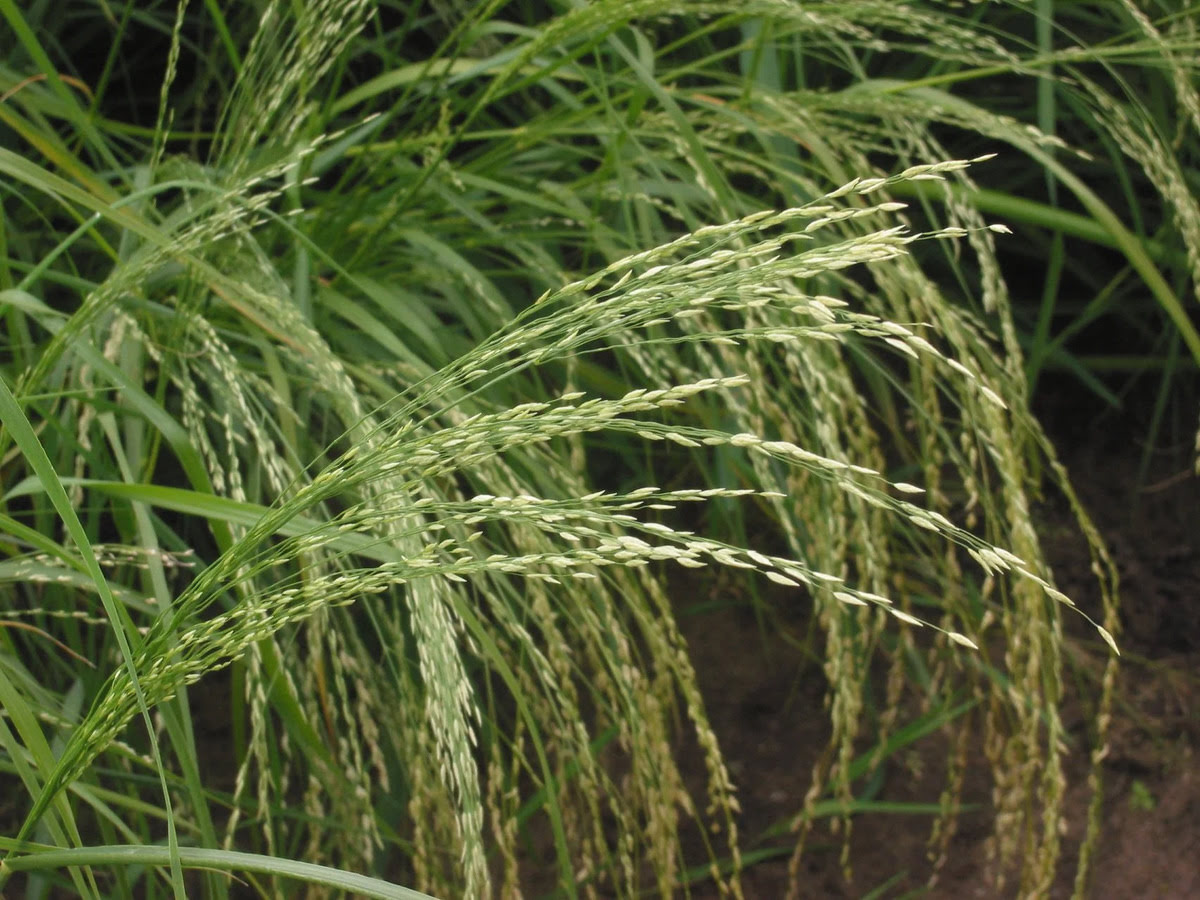
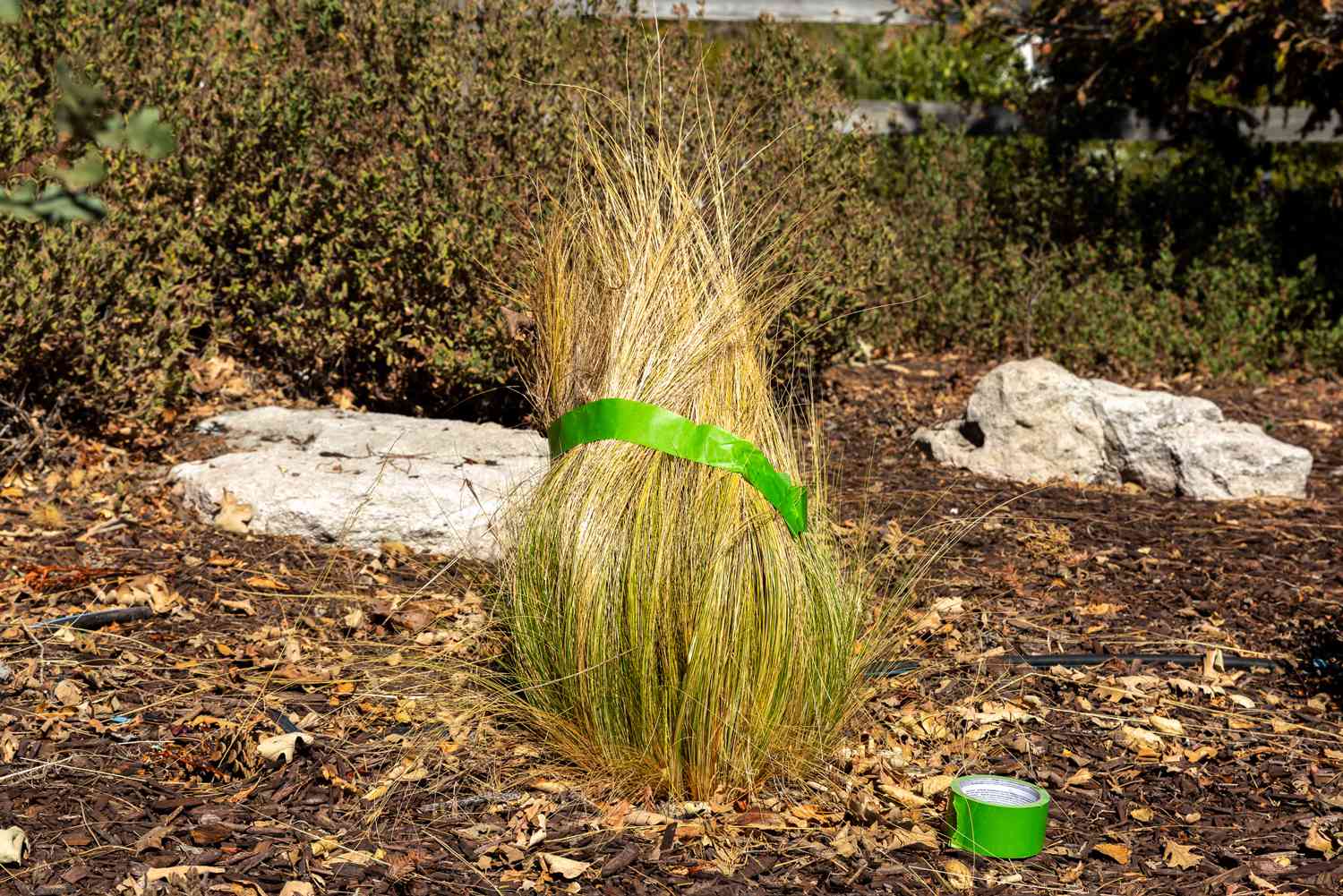
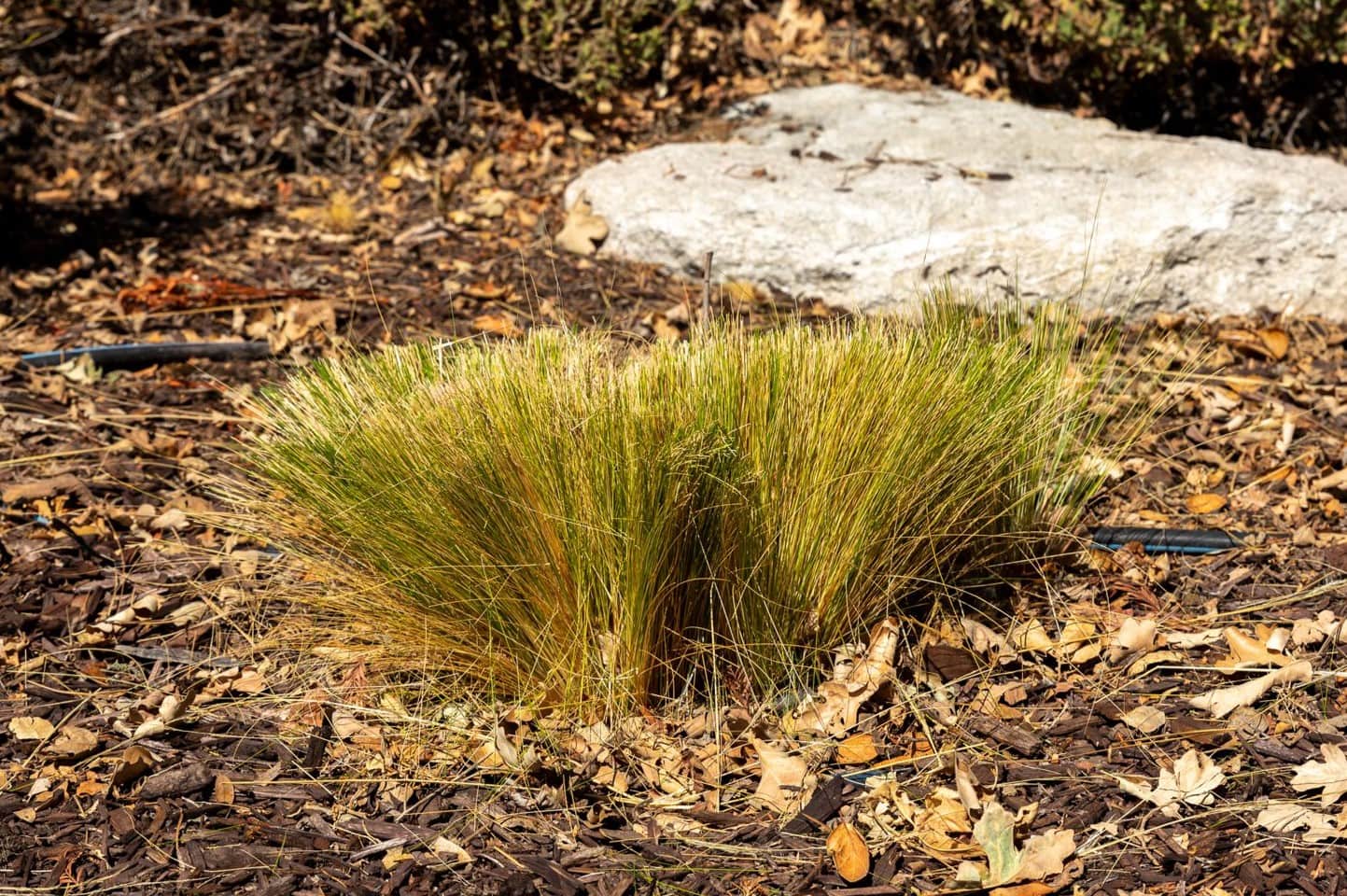
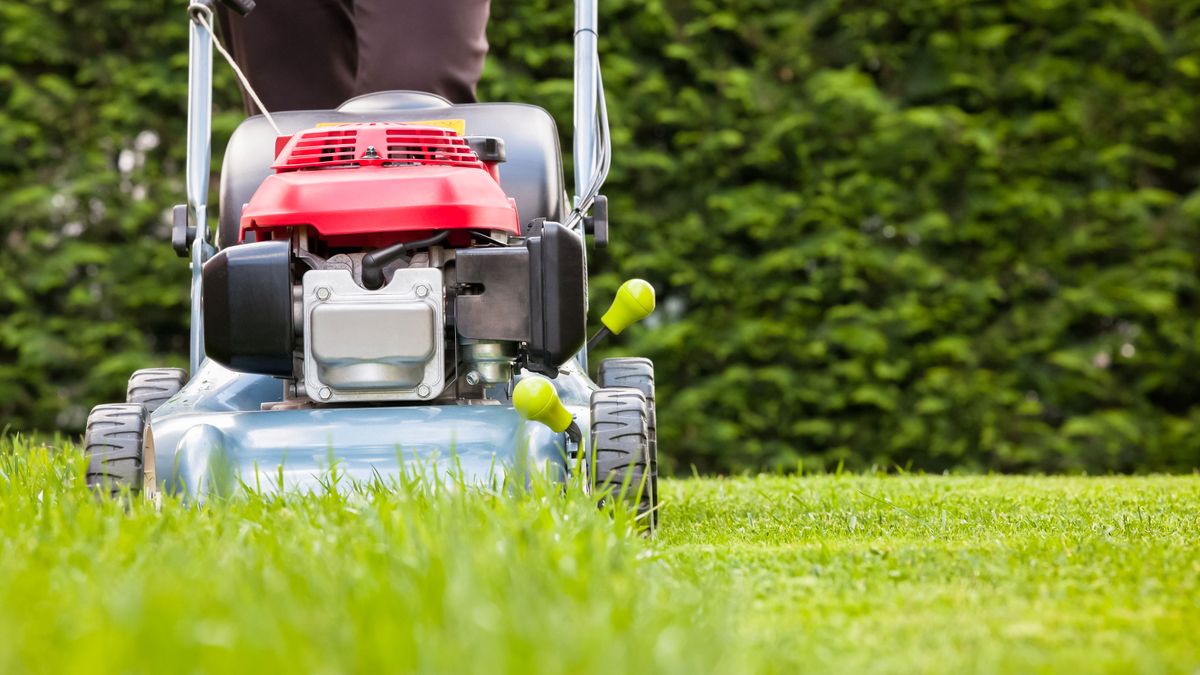

0 thoughts on “When To Start Cutting Your Grass”